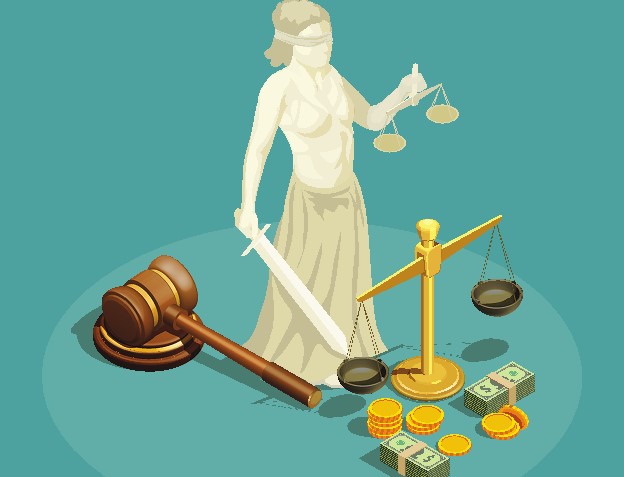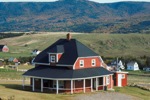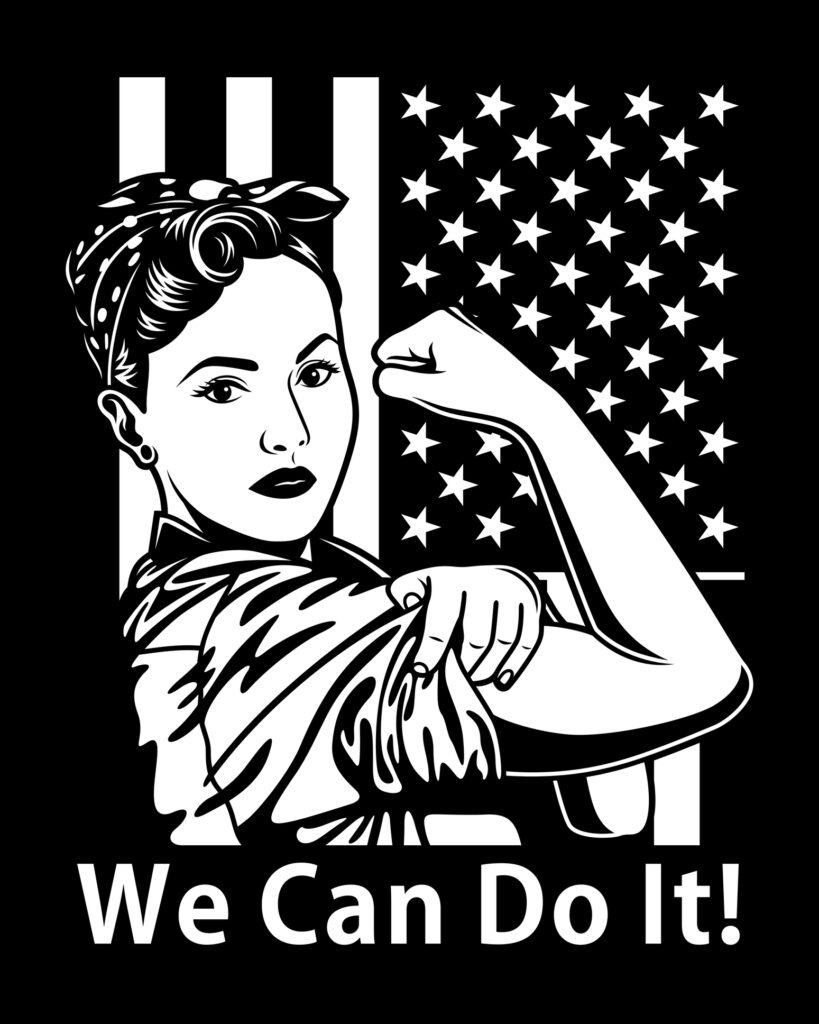
Grades 9-12
Happy EconEdMonth! Celebrate economics all month long by visiting EconEdMonth.org

Don't have an account yet? Sign up for free
Don't have an account yet? Sign up for free


In this lesson, students will learn about a speculative bubble within the context of the U.S. real estate market.
In a market economy, price and quantity are determined by the interaction of supply and demand. Producers and consumers come together in the marketplace. Excess supply happens when producers supply more goods and services than consumers demand, while excess demand occurs when consumers demand more goods and services than producers supply. Excess supply puts pressure on prices to fall, and excess demand pushes prices to rise.
But what happens when the price of a good (like the tulips in Holland) rises by more than normal supply and demand factors would suggest? What happens when that price rises for months, or even years? And finally, what happens when that price crashes? Let’s find out.
1. Explore the concepts of investment, asset, appreciation, depreciation, overvalued, undervalued, and speculative bubble within the context of the housing industry, by reading Excerpt 1 from How Credit Crises Happen.
2. Ask students to complete the fill-in Vocabulary Activity.
3. Explore how the timing of a speculative bubble affects buying and selling decisions. Divide the class into two groups: homebuyers (who purchase their homes to live in) and home sellers (who are selling their primary residences). Present the following scenario and questions:
 Suppose that there is a housing bubble, and housing prices are rising quickly. The housing market is already overvalued, which means that housing prices are higher than expected. For example, normal supply and demand factors (such as population growth and rising incomes) indicate that a house in Rockford, IL would sell for $125,000. But a housing bubble pushed these housing prices upward to $200,000.
Suppose that there is a housing bubble, and housing prices are rising quickly. The housing market is already overvalued, which means that housing prices are higher than expected. For example, normal supply and demand factors (such as population growth and rising incomes) indicate that a house in Rockford, IL would sell for $125,000. But a housing bubble pushed these housing prices upward to $200,000.
If more explanation of “overvalued” is required, please refer back to the 1600s tulip bubble example in the student version. One might expect a tulip to sell for cents under normal market conditions. But a tulip bubble pushed the price several times higher than a person’s yearly salary.
4. Next, explore what happens when all the students are investors, who both buy and sell real estate. None of the buyers or sellers will actually live in the properties. The student investors are only hoping to earn money by buying properties and then selling them at higher prices than their original purchase prices (“buy low, sell high”).
[A speculative bubble means that housing prices are higher than expected and rising quickly. In this market, investors can buy houses in the present and then sell them for much higher prices in the future. So investors are more likely to earn more money than under normal market conditions. But, there is also increased risk. Consider an investor who buys an overvalued property. In a speculative bubble, an investor can turn over this property and earn a profit from the sale. But if the speculative bubble bursts, then prices fall quickly. If the investor has not sold the property, then he or she may lose a lot of money. This happens, because many recently purchased properties are no longer worth their original prices or loan amounts. So, the increased risk during a speculative bubble results from (1) purchasing an overvalued asset and (2) not knowing the duration of the bubble.]
5. Summarize the discussions from Parts 3 and 4, by asking students to complete the second and third columns in the following table:
| Economic Role | Incentive | Effects of Housing Bubble on Incentives |
| Investors | To earn money from their investments (like real estate) | During a housing bubble, properties are overvalued, which yield potentially higher rates of return. This creates greater incentives for investors to put their scarce resources into the housing industry. |
| Homebuyers | To purchase places to live at affordable prices
To own appreciating assets |
Housing bubbles affect homebuyers’ incentives because they respond to rising house prices. The effects depend on how homeowners view the bubble’s duration. Many homebuyers will buy now because they can pay less for appreciating assets compared to the near future. However homebuyers who believe that the housing bubble will soon burst have incentives to buy homes later (when prices have fallen). |
| Home Sellers | To sell their homes at the highest prices (in order to earn the greatest return on their housing investments) | Home sellers, who are motivated by the already high house prices, will sell now. Home sellers, who are motivated by the rising prices of the future, may sell later to receive even higher prices for their homes. |
6. Explore the effects of future expectations on a housing bubble by presenting the following scenario and question: Suppose that students expect the housing bubble to continue in the near future. As a result, they purchase real estate. Suddenly, the housing bubble bursts, and real estate prices fall. Now, students own real estate properties that are worth less than their original prices.
7. Present the Central California Housing Crash video to learn about the effects of the housing bust on the California housing market and American homeowners. Then, discuss the following questions:
8. Ask students to complete the Buying and Selling in a Housing Bubble Activity.
9. Explore the connection between the housing bubble and credit expansion by reading Excerpt 2 from How Credit Crises Happen. After students are done reading the excerpt, ask them to answer the following questions:
 defaults? [When lenders make loans, they take on the risk that borrowers will not repay their loans. If borrowers default, lenders can take back the homes. Then, lenders can try to resell the houses and get back some of the money that was originally loaned out. This reduces the risk that lenders will lose the full amount of their loan balances, if borrowers default.]
defaults? [When lenders make loans, they take on the risk that borrowers will not repay their loans. If borrowers default, lenders can take back the homes. Then, lenders can try to resell the houses and get back some of the money that was originally loaned out. This reduces the risk that lenders will lose the full amount of their loan balances, if borrowers default.]10. Ask students to complete the Bubble-Credit Connection Exercise.
A speculative bubble occurs when the price of an asset is much higher than normal demand and supply factors would suggest. In 2002, a speculative bubble began in the U.S. housing industry. During this bubble, prices of homes rose higher and higher for years, and homeowners used these overvalued assets to borrow more and more money. Investors also placed their scarce resources into real estate, because they could potentially earn more money.
By the end of 2006, the speculative bubble in the U.S. housing market burst. Real estate prices fell. Both homeowners and investors no longer held overvalued properties. In fact, the values of some real estate dropped below the amount of their loan balances. Millions of people were unable to pay their mortgages, and they defaulted on their loans. The bursting of the housing bubble also contributed significantly to the financial crisis that soon affected the world.
Ask to read the definition, example, and government response to https://investinganswers.com/dictionary/t/toxic-assets .
Ask the students to complete the following Check for Understanding. Questions and answers are below.
Instruct students to complete the following assessments:
Multiple Choice Questions
1. Toxic assets are also known as (overvalued assets/ troubled assets).
2. Mortgages that became toxic (lost/ gained) much of their value. As a result, they were (easy/ difficult) to sell.
3. In 2009, the U.S. Department of Treasury created TARP (Troubled Asset Relief Program) to address $700 (million/ billion) of toxic real estate assets.
4. Which answer best describes a toxic asset?
a. when the price of a house has fallen below the amount of the home loan
b. when the price of a house is higher than normal supply and demand factors suggest
c. when the price of a house is above the amount of the home loan

Grades 9-12


Grades 9-12

Grades 9-12
